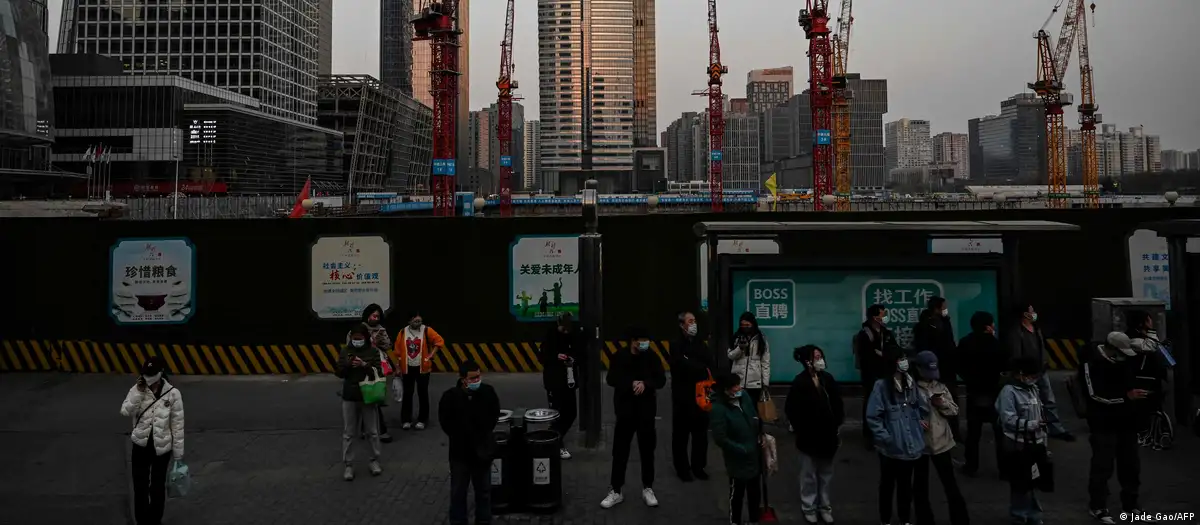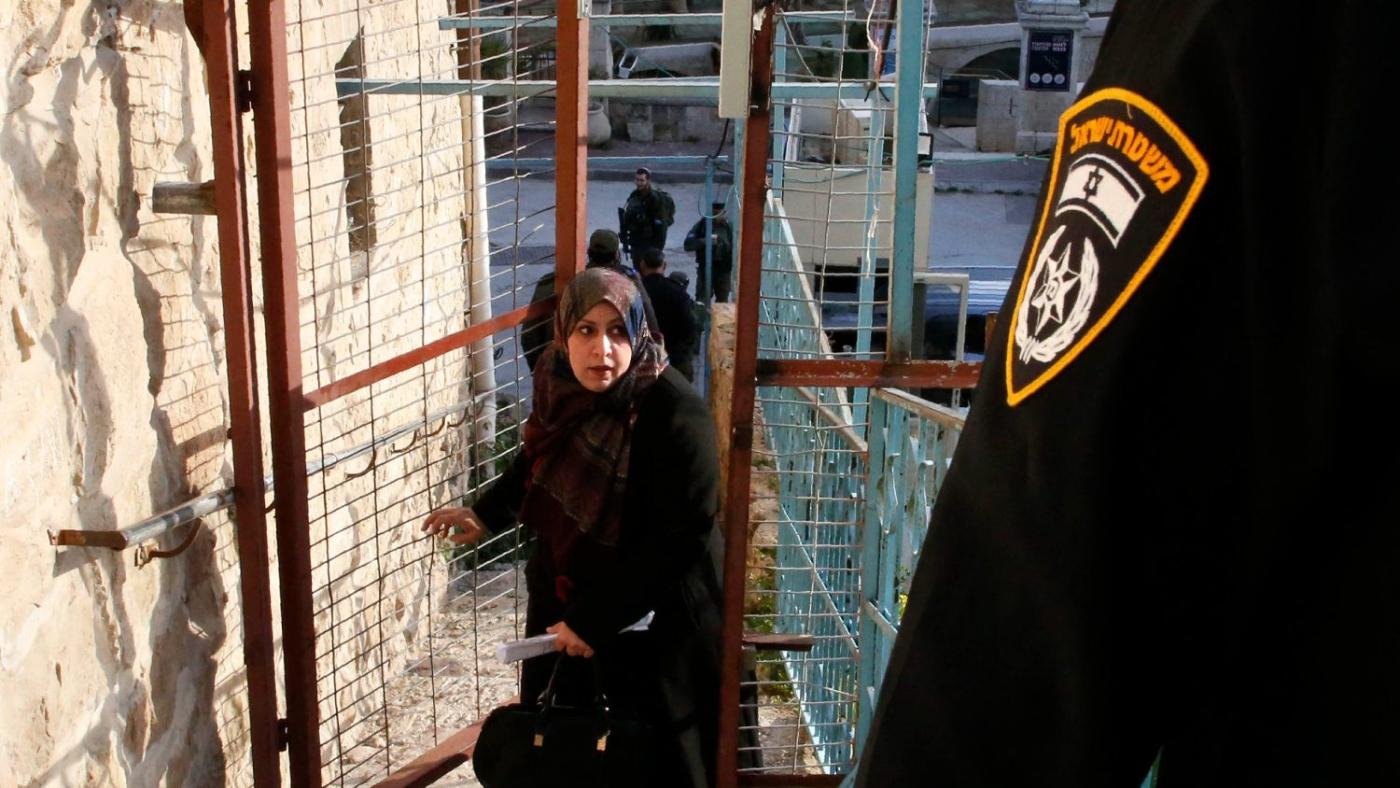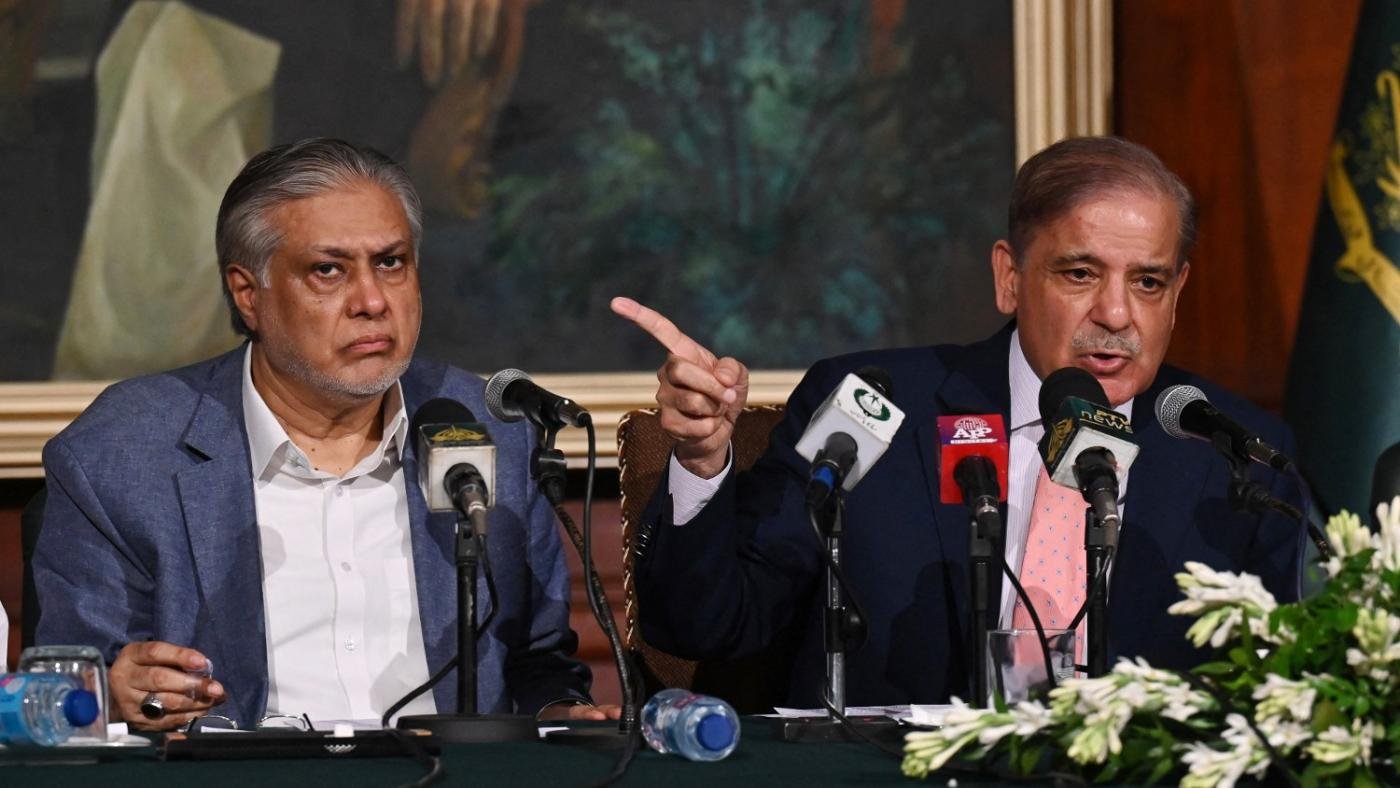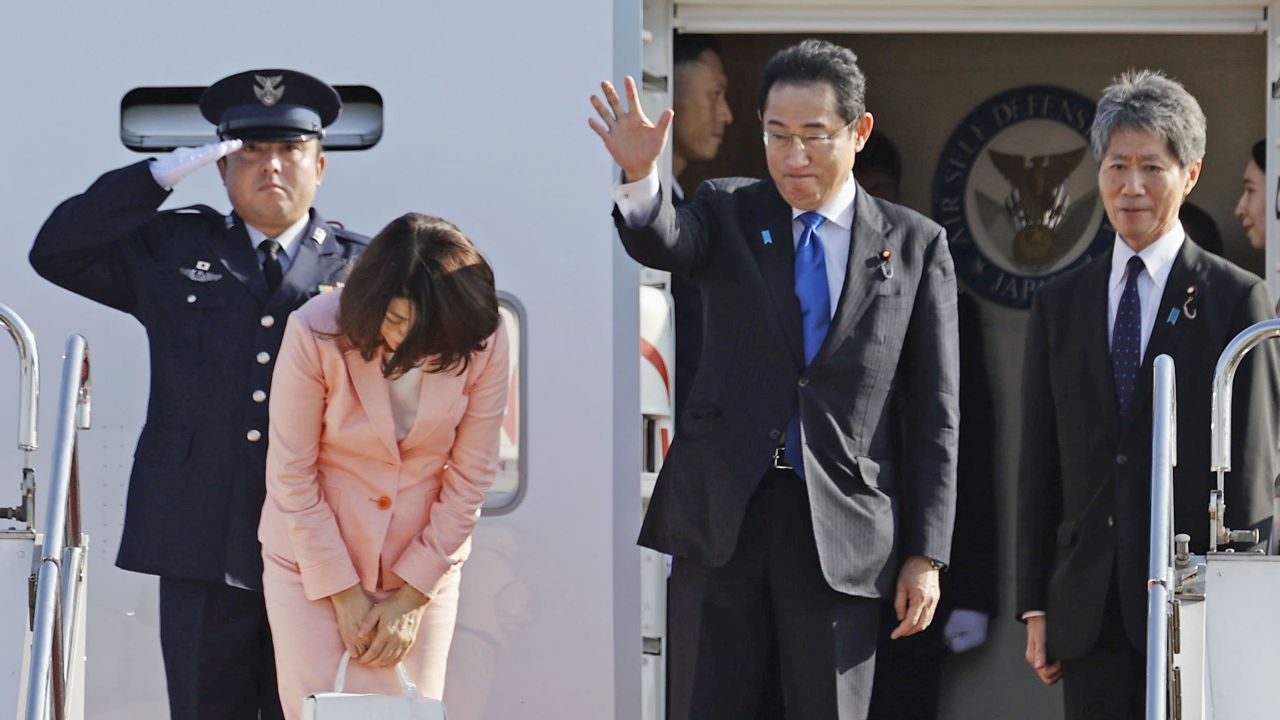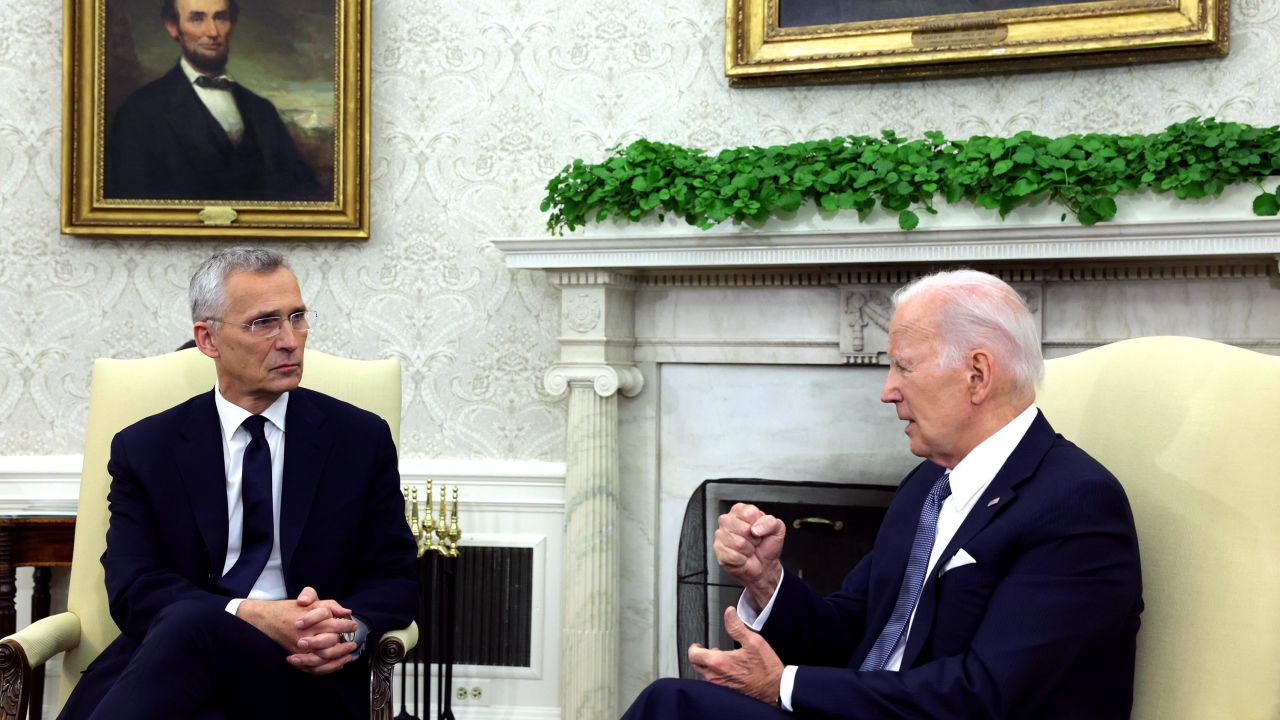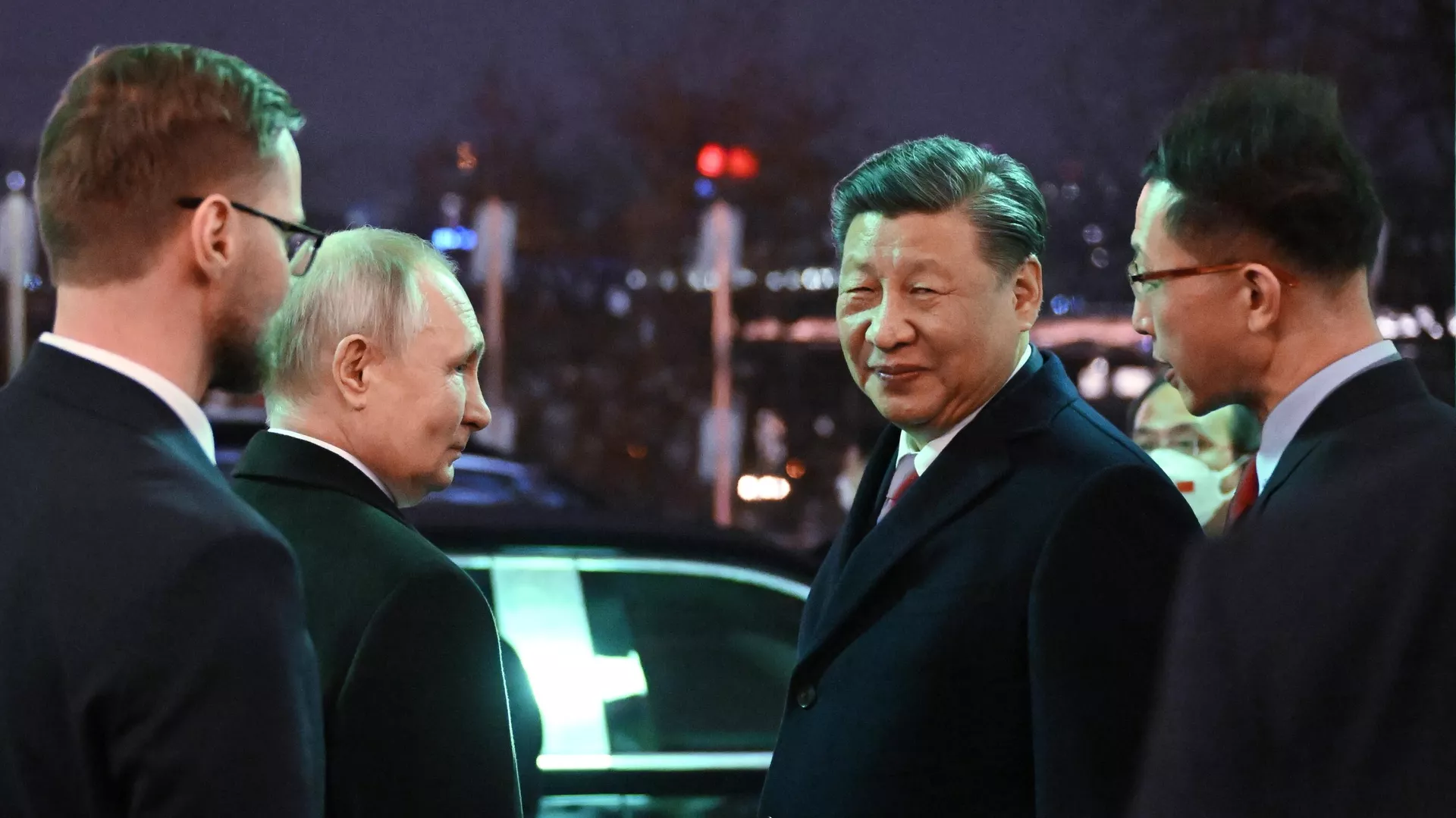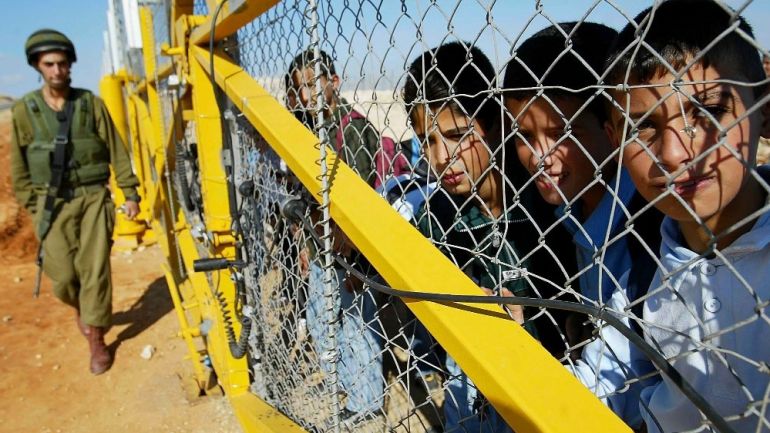Furqan Khan
Pakistan is among the frontline states in the China-U.S. contest for influence in Asia. As Washington cements its strategic partnership with New Delhi, Islamabad’s growing tilt toward Beijing is raising concerns in Western capitals.
Last month, the United States joined India in calling out Pakistan for terrorism, indicating a clear shift in Washington’s South Asia policy toward deprioritizing Pakistan. With India-U.S. relations entering a “transformational moment,” Pakistan’s response to the great power rivalry is becoming clearer. Despite denouncing repeatedly the idea of joining “bloc politics,” Islamabad appears to be pivoting toward Beijing.
While Pakistan contemplates a binary choice between China and the United States, such a geopolitical trade-off carries significant risks, especially compared to the economic and strategic benefits that flow from a nuanced approach to great power competition.
The Discord Leaks: Pakistan Tilts to China
In April, leaked U.S. documents revealed that Pakistan’s state minister for foreign affairs, Hina Rabbani Khar, had advised Prime Minister Shehbaz Sharif to avoid “appeasing the West” at the expense of a “real strategic partnership” with China. The memo, titled “Pakistan’s Difficult Choices,” argued that Pakistan can no longer try to maintain a “middle ground” between China and the United States.
China’s sway in Pakistan has steadily increased over the past decade, so that Pakistan tops the list of countries “most exposed” to China’s influence. Islamabad has repeatedly dismissed U.S. criticism over the China-Pakistan Economic Corridor (CPEC) and Pakistan’s relations with China.
Notably, Pakistan declined two consecutive invitations to attend the United States’ Summit for Democracy – ostensibly because the events included Taiwan and excluded China – while attending similar events on “Democracy” and “Shared Human Values” in Beijing. Meanwhile, Pakistan’s Army Chief Asim Munir has visited China, while a visit to the United States is not even under discussion.
Pakistani Senator Mushahid Hussain Syed seemed to speak for many within Pakistan when he expressed apprehension about the United States’ role in Pakistan while endorsing a deepening of relations with China. He suggested that instead of asking Pakistan to balance ties between China and the United States, Washington should dispense some balance between India and Pakistan.
Faced with a lack of interest from the U.S. and its growing partnership with India, Pakistan’s political leadership, intellectual community, and the public are increasingly convinced of the need to prioritize relations with China. Wearied by Washington’s costly security-centric approach, Islamabad’s turn toward China’s economics-driven diplomacy offers greater hope for Pakistan.
Making a Choice?
Despite that, there is a hesitancy to completely abandon Pakistan’s relationship with the United States. In a recent interview, Khar expressed Pakistan’s concerns about the possibility of a complete rupture between China and the United States, which may force Pakistan into an undesirable binary strategic choice. Khawaja Asif, Pakistan’s defense minister, echoed similar sentiments, arguing that Pakistan should not be pushed to make difficult choices.
While these statements emphasize Pakistan’s reluctance to take sides, Khar’s assertive stance on Washington’s “unnecessary” insecurity about global leadership gives two key impressions. First, despite both China and the United States insisting that countries need not to choose between the two powers, Pakistan faces pressure to make a choice – and primarily from Washington rather than Beijing. Second, when faced with that decision, Islamabad appears to favor Beijing as its long-term partner, even at the cost of its strained relationship with the United States.
At the same time, the U.S. has tilted toward Pakistan’s arch-enemy, India, forging regional coalitions such as the Quadrilateral Security Dialogue (Quad) to counter China. Rallying allies against Pakistan’s “all-weather” friend China is a residual burden in the relationship; it is rather Washington’s arming of India and the resulting disruption of regional strategic balance in South Asia that upsets Pakistan. As a result, all major and minor political players are compelled to prioritize Pakistan’s relationship with China over that with the United States.
Khar’s argument, from Pakistan’s perspective, makes sense in the long term. The future of historically transactional Pakistan-U.S. relations is uncertain. In contrast, the trajectory of China-Pakistan ties, despite some recent bumps, remains positive, because of shared concerns about India and other economic and security convergences.
However, despite the geopolitical odds facing Pakistan, the notion that with China at its back Pakistan does not need to care about other relationships, especially with the United States, is misleading.
Relations With China: Necessary But Insufficient
Pakistan’s relations with China are unprecedentedly consistent, with both countries describing their ties as an “all-weather strategic cooperative partnership.” China actively responds to Pakistan’s security and economic needs, viewing Pakistan as an “irreplaceable” friend. Sameer Lalwani, senior expert on South Asia at the United States Institute of Peace, calls the China-Pakistan partnership a “threshold alliance” that offers potential burden-sharing and interoperability during crises.
In recent years, as Washington rowed back on military and economic aid to Islamabad and deepened strategic cooperation with New Delhi, China has pledged increased military and economic cooperation with Pakistan. Notably, China has delivered four advanced frigates to Pakistan, with four stealth attack submarines set to be delivered by the end of 2023. China has remained Pakistan’s largest trading partner for eight consecutive years and is also the country’s biggest investor, despite political instability and a deteriorating security situation in the country.ADVERTISEMENT
Crucially, amid Pakistan’s imminent default and slow progress with the International Monetary Fund (IMF), China stepped in with a $1 billion loan. Owing to the active Chinese support, Pakistan’s traditionally Western-oriented political and security elite embraced China as their preferred partner.
However, China’s support has been less “all-weather” when it comes to the burgeoning trade deficit that results from the unequal free trade agreements, which significantly favors China’s exports over Pakistan’s. Although CPEC – a flagship project of the Belt and Road Initiative – has been touted as an economic game-changer for Pakistan, the country still grapples with a crippling economic crisis, even a decade after the project’s launch in 2013. Moreover, as the arrears of the Chinese power producers mounted, Beijing demanded repayment and even reportedly considered arbitration against Pakistan.
Hence, Pakistani officials, including those in the military, need to realize that there are limits to this friendship. China would not simply write off Pakistan’s debts; rather, the relationship is dictated by Chinese realpolitik.
Given this track record, China has been a necessary partner, but too cautious in taking sole responsibility for Pakistan. In the past, China has preferred burden-sharing with the West in the political, economic, and security domains, and the future course of action from Beijing is unlikely to deviate significantly.
Relations With the US: Uncertain But Essential
Pakistan has historically been the United States’ “most allied ally” in the Cold War, and a “Major Non-NATO ally” in the recent war on terror. It was the only country to join both the Southeast Asia Treaty Organization and Central Treaty Organization – two U.S.-led anti-communist groupings – in return for support against the purported Indian threat. However, as Washington grows wary of China’s rise and aligns with India as a counterweight, Pakistan-U.S. ties have become increasingly turbulent.
Over the last few years, the United States has deprioritized its relations with Pakistan. The Trump administration halted military cooperation; under the Biden administration, relations declined even further, particularly following the U.S. withdrawal from Afghanistan. In April 2022, Pakistan’s then-Army Chief Qamar Bajwa asserted that the country was forced to move toward China and Russia after the United States stopped providing weapons.
On the contrary, India has emerged as the United States’ full-fledged strategic partner, receiving critical and emerging technology, armed drones, and co-production of the GE F414 jet engines. Moreover, despite past and present counterterrorism cooperation between the U.S. and Pakistan, the unprecedented joint front with India against Pakistan on terrorism during Prime Minster Narendra Modi’s Washington visit has alarmed Islamabad.
However, the floating notion in Islamabad that reliance on China necessitates degrading ties with the United States is untenable. The U.S. wields influence over international financial institutions; Washington’s recent help in securing an IMF agreement is case in point.
In addition, the United States remains Pakistan’s largest export destination. Pakistan’s exports to the U.S., European Union, U.K., and Canada account for 55 percent of the total exports, whereas only 11 percent of Pakistan’s exports go to China Cumulatively, Pakistan enjoys a trade surplus of $5.4 billion with the U.S. and Western countries, which starkly contrasts with the trade deficit of over $15 billion in trade with China.
China is a supplier, while the U.S. is a buyer, and annoying the latter is detrimental to Pakistan’s economic interests. If Pakistan aims to increase its exports, the U.S. and Europe are the primary markets. Hence, despite substantial Chinese investment, for trade and economic reasons, the United States and other Western countries are still more relevant for Pakistan.
Furthermore, although currently suspended, Pakistan stands to benefit significantly from the U.S. military aid, which it may seek to resume in future.
Pakistan’s threat perception of India and quest for support over its core issues, such as Kashmir, have shaped the trajectory of its great power relations. On the Kashmir dispute, China is closer to supporting Pakistan’s position. Despite being a member state, China skipped this year’s G-20 tourism working group meeting in the disputed territory.
Meanwhile, Washington is far from supporting Pakistan’s position on Kashmir or even questioning India’s human rights record in the region. Consequently, by deepening strategic cooperation with India to counter China, Washington has increasingly ceded ground to Beijing in Islamabad.
The United States should aim at balancing between competing with China in political and strategic terms and pursuing tactical cooperation with Beijing on issues of immediate importance, such as preventing war between India and Pakistan and countering terrorism in Afghanistan. Pakistan understands Washington’s concerns regarding China and India’s role in its Indo-Pacific strategy. However, the United States must also consider the second-order effects of its competition with China on countries like Pakistan.
For Pakistan, a strategic courtship with China is necessary, but it alone is insufficient to address its economic and security challenges. Given limited alternatives, Pakistan also needs the U.S., an important economic partner, and traditionally a valuable security provider, to evade the impending crises at home and challenges abroad. Therefore, maintaining ambivalence, even when China is rising and the United States is no longer an unchallenged superpower, is crucial for Pakistan’s interests.
The unsettling debate around balancing will continue to influence Pakistan’s policy circles as the China-U.S. competition intensifies. Currently, both China and the United States have refrained from openly pressuring Pakistan into taking sides. As long as Pakistan walks the tightrope of neutrality, preserves its strategic relevance in Washington, and diversifies the benefits of its partnership with Beijing, it can preserve its room for maneuver in an increasingly uncertain geopolitical environment.
However, if Pakistan’s economic, political, and security interests sail overly into one great power at the expense of the other, it risks being forced into an undesirable moment of choice.
(Source: The Diplomat)



